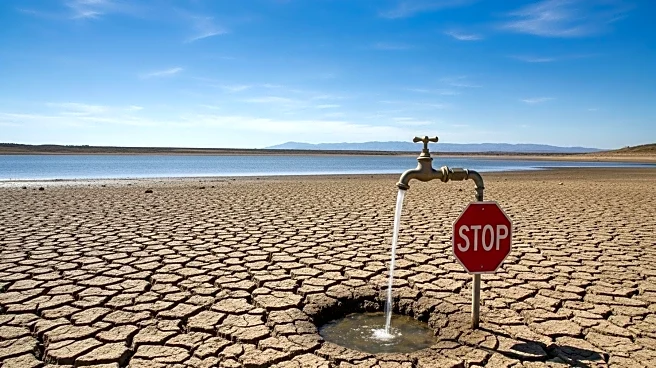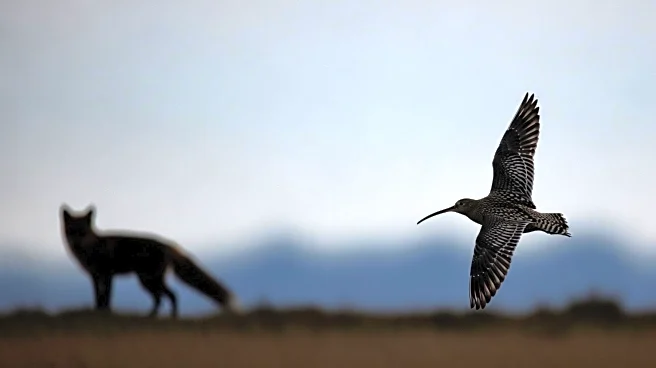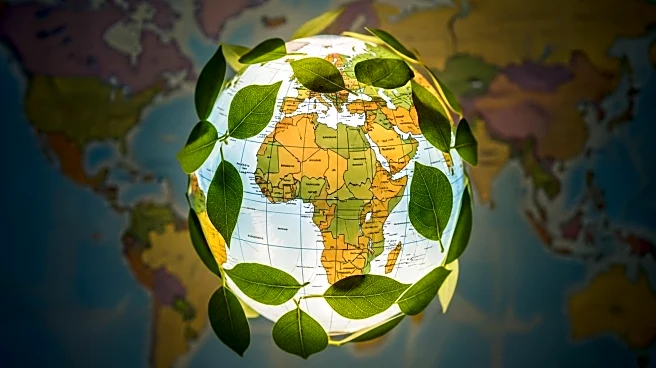What is the story about?
What's Happening?
Butterfly Conservation has reported a significant improvement in butterfly numbers across the UK, following the sunniest spring and hottest summer on record. The annual Big Butterfly Count recorded 1.7 million butterflies and moths, with citizen scientists noting a 40% increase in sightings compared to last year. Despite this positive trend, the charity emphasizes the need for urgent measures to reverse the long-term decline of butterfly populations. Key actions include restoring habitats and reducing pesticide use to support butterfly recovery.
Why It's Important?
Butterflies are vital indicators of environmental health, and their decline signals broader ecological issues. The increase in butterfly numbers is encouraging, but the charity warns that without sustained efforts to improve habitats and reduce chemical use, these gains may be short-lived. Restoring butterfly populations can enhance biodiversity, support pollination, and contribute to healthier ecosystems. The call to action highlights the need for collective efforts from individuals, communities, and policymakers to protect these important species.
Beyond the Headlines
The report from Butterfly Conservation also suggests practical steps individuals can take to support butterfly populations, such as reducing pesticide use and planting diverse flowering plants. These actions can create more hospitable environments for butterflies and other pollinators, contributing to broader conservation goals. The initiative underscores the role of citizen science in tracking and supporting wildlife, demonstrating how public engagement can drive positive environmental change.
AI Generated Content
Do you find this article useful?













